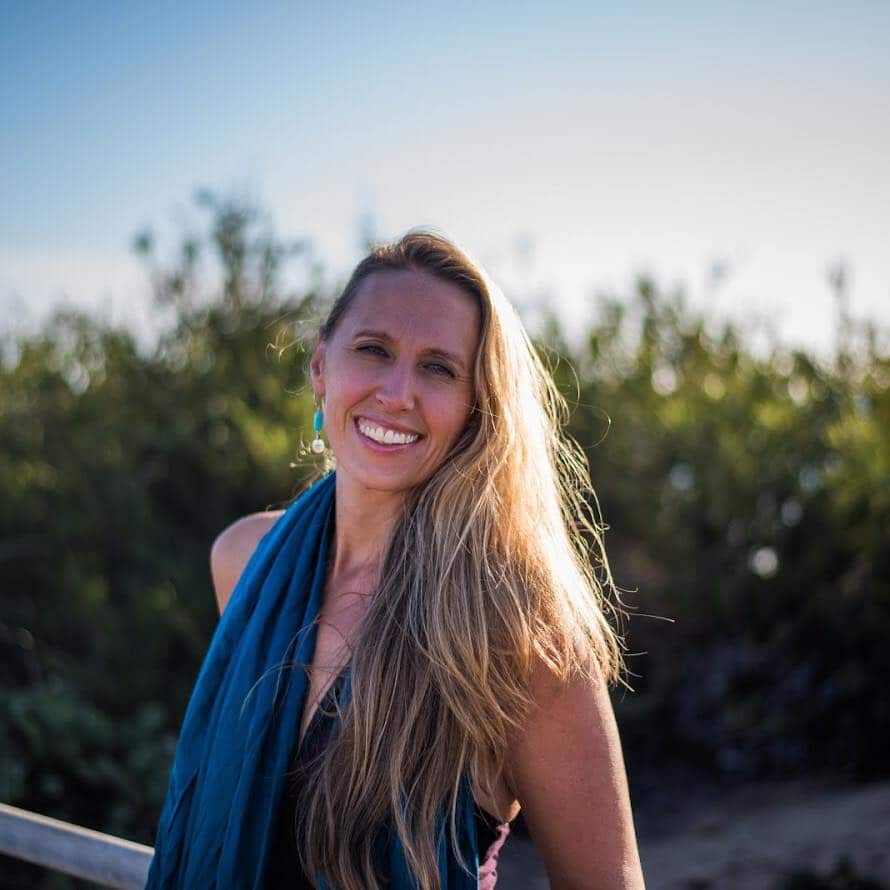By Alison McLean
It’s ironic, to relieve stress you need to add more to your growing “to do” list. Stress relieving activities like, bubble baths, massages, and yoga, for example. These body and mind calming techniques are beneficial. I do them myself. But, what if there is another way? A way to create stress resilience in the moment without adding another thing to your crazy schedule. The strategy I use to reduce the frequency and intensity of my stress is not magical, fancy, or sexy. However, it doesn’t take a lot of time, it’s free and can be done anywhere.
The way to bring stress management into your day to day is through observation and awareness. Through observing you can cultivate an awareness of your habits. Those patterns running unconsciously in the background that allow you to be an efficient human being, and those habits that don’t. From this place of observation and awareness you can then realize the choices available that you didn’t know existed previously. This practice also empowers you, allowing you to take more control of your life, instead of falling prey to the stressful victim mentality.
Stress is part of life and the human experience. There is no way to eliminate stress, no matter how many massages you receive. In fact, getting rid of stress completely is unrealistic. The stress response is designed to keep us safe. Plus, a bit of stress is good. Stressors push us, challenge us, and help us to grow as individuals. It’s when stress is present 24/7, the negative effects can take a toll on our health, and your ability to enjoy life.
Our brains are continuously scanning and filtering moment to moment in the background, looking for threats to our survival. To add to this we run loops in our minds. We review past situations, worrying about what we said or did. And, we stress about future situations that haven’t even occurred yet. For example, we imagine all that could go wrong down the road, all the worse case scenarios whether they are actually realistic or not. In both of these scenarios because the situation is not happening in the present moment, we are actually not in physical danger. However if a threat of danger is perceived by the mind, your body will react in that moment as if you are in danger and put you in a stress response.

What triggers us into a stress response is based upon what you’ve learned and experienced. What your mind thinks is danger and a threat to your survival in some way. A perceived threat can happen in the moment, or the stressor can be imagined as a danger from a past scenario or future story in your mind. However, another individual’s mind In the same situation might not view the scenario as stressful. Their body might not ever go into a stress response because their brain unconsciously feels safe.
For example, take a big white fluffy dog and two adults in a park. Upon seeing this unleashed dog run toward them, these two adults have two different reactions. One adult becomes anxious and fearful of the dog. This individual takes flight and flees from the furry animal, moving into the fight or flight stress response to save themself from the threat of danger. The other adult, based upon their different life experiences, has no fear of dogs. This individual feels safe and stays put with a big smile on their face and opening their arms to greet the dog. Same dog, two different instantaneous responses. One stressful, one not.
For you, these life perceptions happen moment to moment unconsciously in the background of your mind. Take a looming work deadline for example, some people will run toward them excelling and thriving to complete a project on time. Others will crumble with the pressure either freezing or fleeing. It’s all based upon your unique perception of what’s possible for you, belief in your capabilities, what you’ve experienced in the past, as well as what others have taught you.
When you observe and notice triggering stressors and your unconscious habit or reactions, then in the moment with this new awareness you can catch yourself. Make a different choice if freezing, crumbling or fleeing is not giving you your desired result. This practice of observation, awareness and changing old patterns requires practice. However, you can practice throughout your day to day routine. It does not have to be something else added to the “to do” list. Do it in the car. On the go, even at the grocery store.
The first step is to get good at noticing when your body is triggered into the stress response. Personally for me, my heart rate elevates, I start sweating, my breath becomes more shallow and I feel a constriction and heaviness in the middle of my chest. Typically there is an associated negative emotion like fear, dread, anxiety, and/or anger. Instead of freaking out I thank my body for reacting in a way to keep me safe from a perceived threat. Then I observe and take note of the trigger. I question. Am I in actual danger, or is my mind viewing the situation as dangerous? If I’m viewing the situation as dangerous, why is that? The answer to this question will reveal your innerworks, your patterns of thinking. Now you have a choice. To keep those patterns or let them go. This opens the door of possibility to create new efficient habits that empower you to handle life’s stressors.
Over time this practice will fit seamless into your day to day. You will have the ability to observe what actions you are taking, or not taking, and why. You will understand what stresses you out and why. Then, through this awakening you can cultivate stress resilience. The ability to handle the stressors life throws at you with a bit more grace and ease. The ability to notice feel and process through negative emotions instead of resisting blocking or storing them in the body. All this will give you the improved ability to regulate your nervous system so you are not stuck in the stress response 24/7. Then sunset walks, bubble baths and massages are just a bonus, an enjoyable experience, not a necessity to regulate your nervous system or an item to check off your “to do” list.

Alison McLean has her Doctorate in Physical Therapy, she is also a yoga teacher and stress reduction coach. She is the founder of Ignite Ur Wellness where she helps entrepreneurs reduce stress to live a more balanced and fulfilled life. Get your free Wellness Survival Kit for the stressed out entrepreneur here: www.igniteurwellness.com
